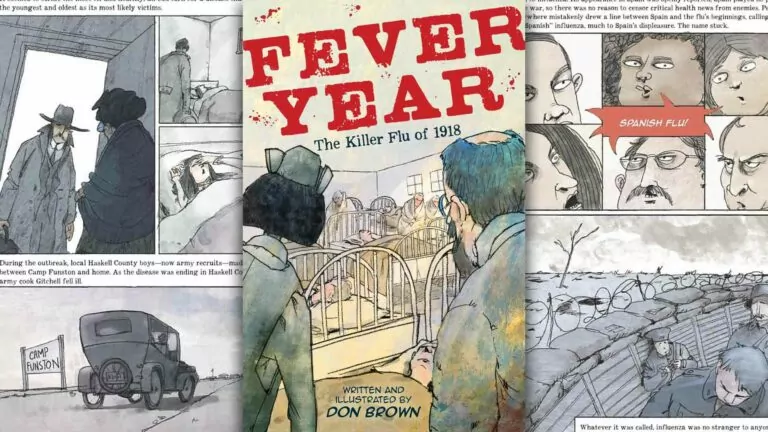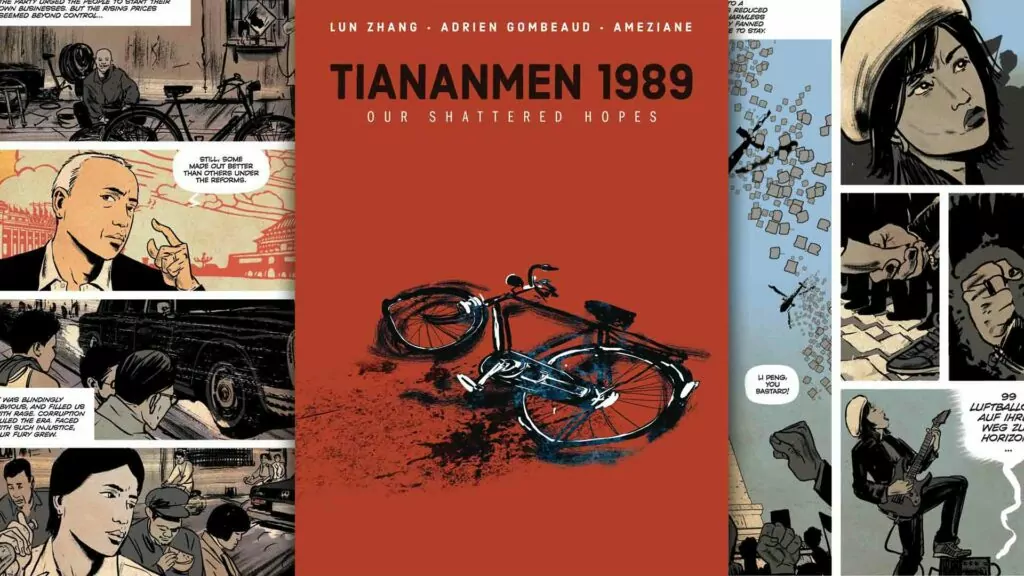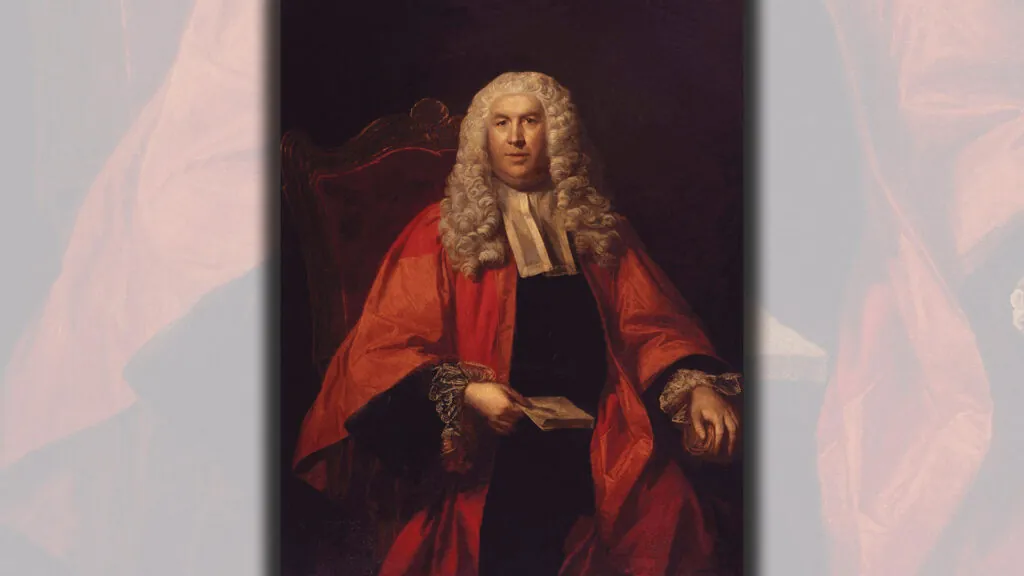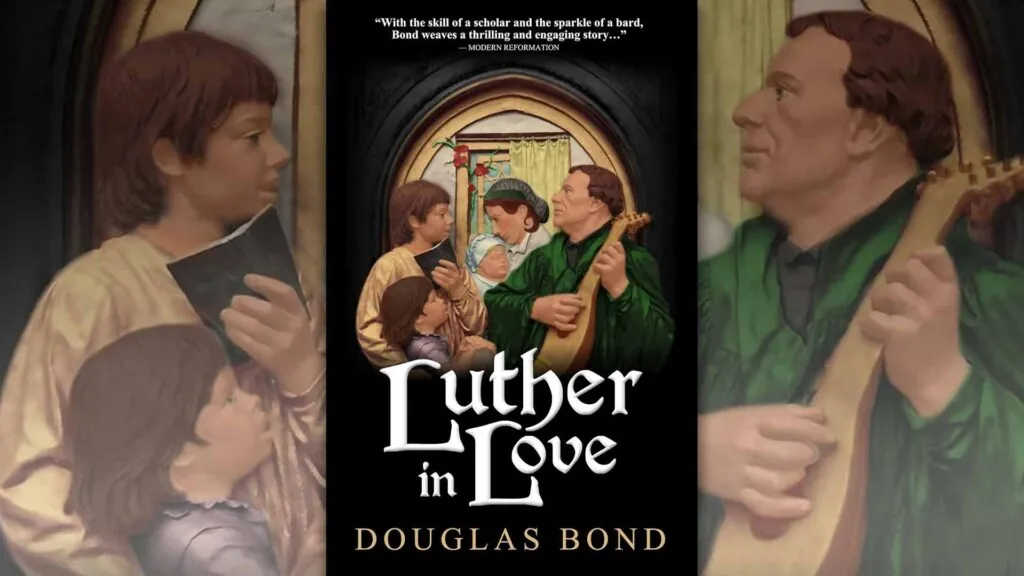by Don Brown
2019 / 96 pages
In the Spring of 1918, even as the First World War was winding down, a more deadly foe made its presence known. An army cook, in Camp Funston, Kansas, reported sick, and over the next month a thousand of his campmates would also fall ill.
Author Don Brown seems to be making the case that the Spanish Flu didn’t originate in Spain, but in America, making the jump overseas with the soldiers that departed as the US entered the “war to end all wars.” That, however, is a contentious point. The other sources I consulted agree that the disease was called the Spanish Flu only because the Spanish press was being more open about the numbers of citizens being struck down, and not because they were the actual source of the sickness. The true source of the illness seems to be a mystery.
What’s uncontested is the devastating nature of the epidemic. Before it was through, the Spanish Flu would travel around the world, and more than 50 million would die.
By way of comparison, about half that numbered died during the entirety of the First World War, and as many as a third of those were from the Spanish Flu, and not weapons.
The moral of Don Brown’s story could be taken in very different directions, based on the particular bias of the reader. That this flu jumped from city to city via infected travelers could be seen as proving the need for lockdowns. That health authorities assured the public of facts not in evidence – that there was no reason to worry – could be used to argue health authorities have a long history of lying to us. That New York kept schools and most businesses open, and that the city had a lower than average death rate, could be used to argue against lockdowns. That San Francisco embraced masks but had the worst death rate on the west coast might be used to argue against masks’ efficacy. Or folks could look to how San Francisco banned all social gatherings except church services and see that as evidence that their ban needed to go further.
As you can see, there is a lot information offered up, and it points in all sorts of directions.
What’s more certain are the heroes: doctors and nurses who worked endless hours trying to aid the ever growing numbers in need. Neighbors and even the elderly all chipped in when whole families would get laid low.
Brown details the search for a vaccine, and how there was a real mystery to be solved. Though the flu was obviously highly contagious, doctors weren’t sure about the how. Sick patients could cough right in the face of volunteers without infecting them.
Cautions
This graphic novel came out at the end of 2019, 100 years after the Spanish Flu it chronicles, but just a few months before COVID-19 made its appearance. I’ve been wondering ever since if that was the very worst of times, or the best of times for this graphic novel to get published. If I’d reviewed this during the lockdowns, I might have added cautions about drawing too strong a conclusion from the information offered up in a comic book. That’s still a good thought, but a little less necessary.
While Don Brown illustrates the dead with some restraint – simple lines communicate discomfort and pain, but aren’t realistic enough to really shock – this still isn’t a comic for kids. 50 million people died from the Spanish Flu, so the topic is too grim for the very young. But I’d recommend it as a great one for a high school library.
Conclusion
Our recent history makes that an even more intriguing, and even more sobering read. What we went through parallels much of what the world endured then, though theirs was the far deadlier plague. That a virus can infect a third of the world reminds everyone to “seek the Lord while He may be found” (Is. 55). That’s a lesson we were reminded of in the last few years, and one everyone would do well not to forget.












